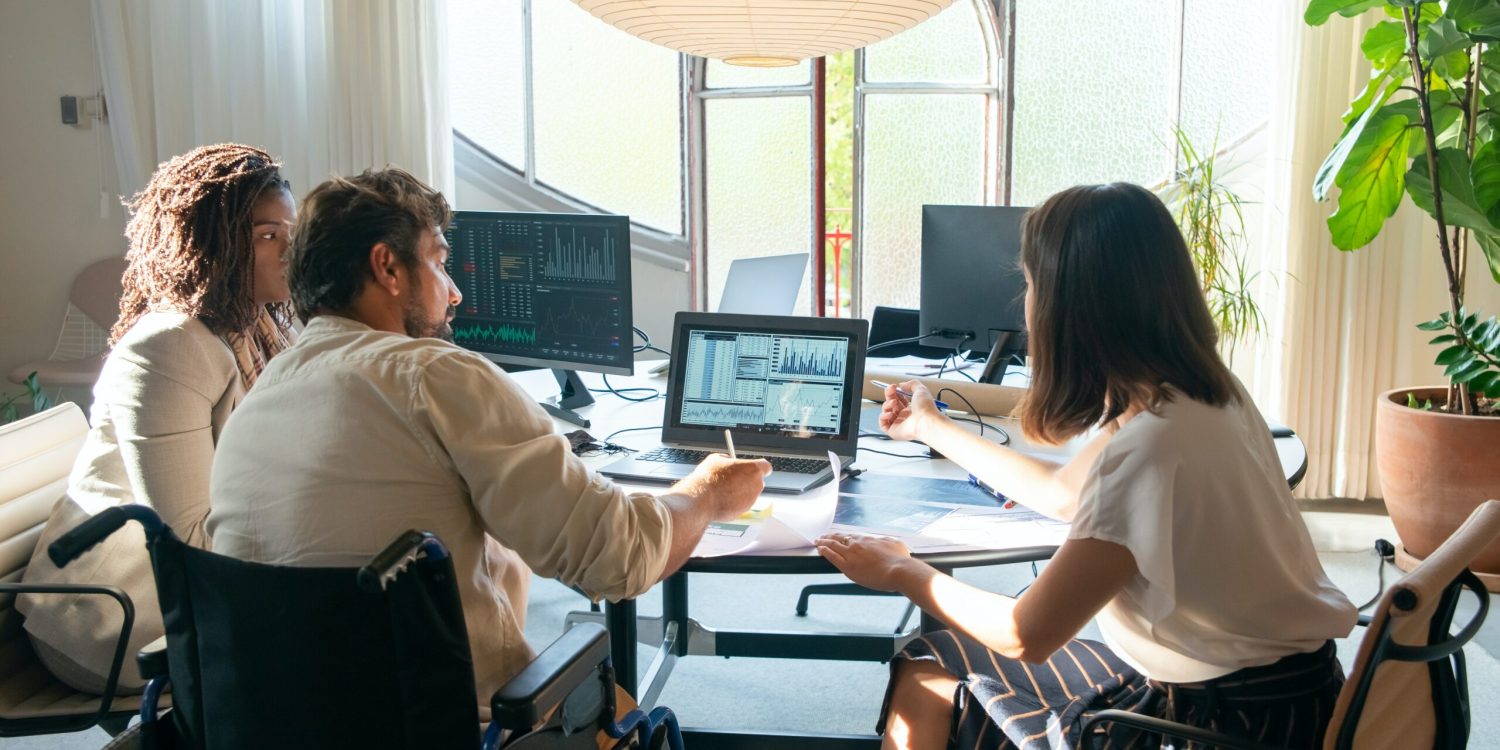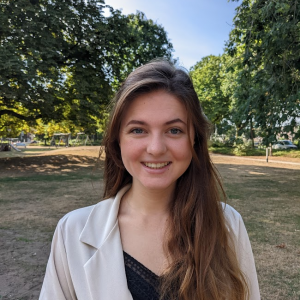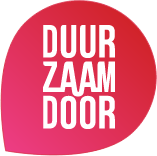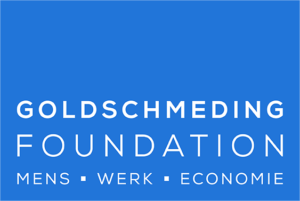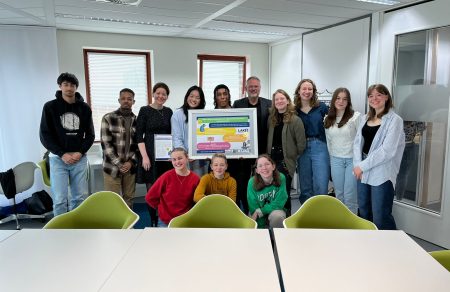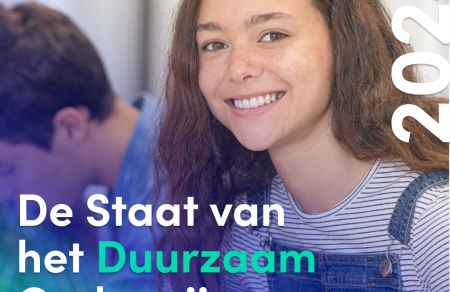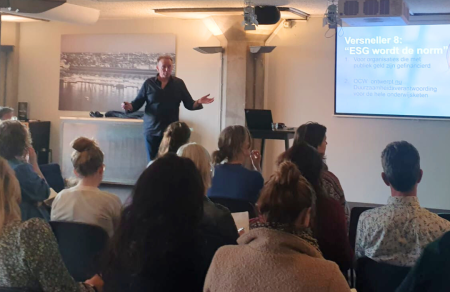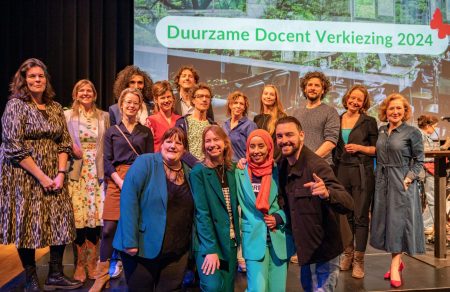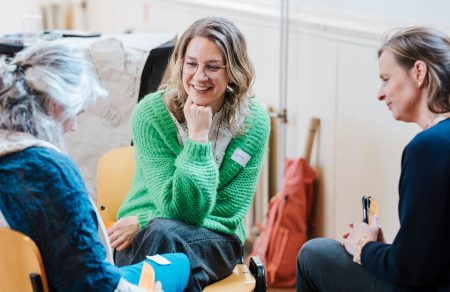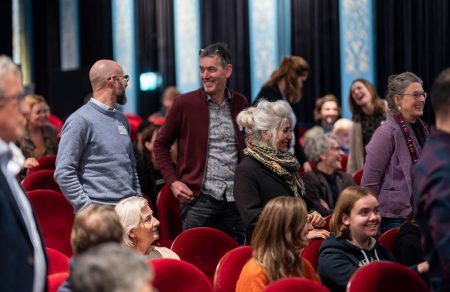With a few questions to the participants, Tessa opened her presentation: Who has walked today? A few digital hands go up in the air. Who is already reporting on sustainability criteria? Again a few, tentative, hands go up. The next two questions have the vast majority of hands going up: Who thinks reporting will drive ambitions around sustainability in the organization? And who finds it difficult to report on sustainability? The beginning of the meeting thus reflects both urgency to get started on tracking, monitoring and adjusting based on reporting, and the complexity and uncertainty that remains in this area.
Introduction CSRD and expectations for education
"As of 2024, European companies that meet at least two of these three criteria (more than 250 employees; more than 40 million turnover per year; more than 20 million on the balance sheet) will be subject to the CSRD Directive. This is legislation that requires companies to report on their impact on people and the environment" explains Tessa. The CSRD consists of several standards, categorized by 'environmental', 'social' and 'governance'. Examples include the impact of your organization on climate change, material use appropriate to a circular economy, and use of (and care for) your own staff. The detailed guidelines of the CSRD can be found on the official EU website and are now also available in Dutch.
"Many educational institutions also meet the criteria set for large European companies and also serve a great social interest. Therefore, the Ministry of Education, Culture and Science and various education councils are now exploring the impact of this European legislation on education and in what way and criteria reporting is appropriate for education. A directive specifically for education will therefore follow in June 2024." Apart from these obligations, even now, it is desirable to measure and monitor sustainability goals and ambitions. This allows you to drive certain initiatives or interventions while at the same time anticipating the obligations to come. As an educational institution, you can also communicate sustainability impacts narratively or in images, on the website or in the annual report.
Sharing sustainable interventions
One participant raised the question of whether sustainability can be expressed in Excel. Tessa: "I think not completely. Quantifiable data, such as agreements you make regarding CO2-reduction and waste reduction you can track to guide. On the other hand, there are also many activities that cannot be captured in measurable data. It depends on the needs of the organization how you want to express that information about sustainability to the outside world."
In doing so, she gave an example of a company that set up a separate Web page where the CSR annual report is shared in images (photo and video) and text. "Photos and stories can be shared this way alongside the measurable data, which you can also display in graphs and charts. In the annual report, reports or other places where you want to share something concisely, you can refer to this, as long as this information is public."
Where a how to start?
The CSRD is approaching; some educational institutions have already established various goals and ambitions and set up monitoring for this; there is an enormous amount of supply and information. Some can no longer see the wood for the trees. How can you get off to a good start? Tessa says that you can always start with what is useful now. In doing so, you lay a good foundation for the CSRD guideline anyway, and more importantly, you start talking to the people you want to get on board. If you know how to make the connection and share the urgency and your personal motivation and experience, the real involvement arises. In this way you can anticipate who you will need for input later on and you can break it down into manageable chunks.
During her time at Mediacollege Amsterdam, she herself used the GRI (Global Reporting Initiative) to arrive at a report. These are handy tables containing: what it is, which documents are needed for it, which people are needed for it and the data. Again, this is a general guideline (because for education, there is no clarity until June 2024). There are an awful lot of guidelines and labels, and the GRI lays a solid foundation for that. So you can easily work towards other guidelines from here.
Complementary use of SustainaBul and sustainability reporting
The information can easily flow from one to the other. You will have already reported the data needed for the business management section and you can easily link to this. Reporting allows you to compare quantifiable data through the years (note, always use the same unit of measurement: school year or calendar year). This way you can actually measure your progress and align interventions with goals. You also learn where you need to (re)steer.
The advantage of the SustainaBul is in the sharing of knowledge and experiences between different educational institutions. This way you can measure yourself against, but also learn from others. It is a low-threshold way to get started. In terms of content, the SustainaBul will adapt so that it connects to what is needed. The community is very valuable because it allows us not only to write down what we are doing but also to stay in conversation and shape together what steps we want and can take for students, faculty and other stakeholders.
Making an impact with a small footprint and big handprint
Finally, Tessa explains that there is a difference between the footprint and the handprint of an educational institution. "By the footprint, we mean the negative impact on the earth. You can reduce this as an organization with sustainable interventions. Reducing the footprint is finite; you can no longer reduce it at some point. In addition, we now also know the handprint. This is the positive impact we make through people. The nice thing about that is that you can increase this infinitely though by having the conversation and working on the soft side of behavior change. People tend to think that the biggest difference can be made by reducing the footprint, when in fact so much impact can be made by increasing that handprint."
Take away: if you start you will notice where the space is
In conclusion, Tessa presents us with another difficult task: draw a line from A to A, from B to B and from C to C, without the lines touching or crossing each other and without going outside the box. We stare blindly at the picture for quite a while, and after a while someone does arrive at the solution by drawing.
This is symbolic of the situation as it stands with reporting: if you keep staring together we almost think it's impossible. If we just start, you will notice where the space is. The CSRD is not an end goal, but can be used as a means to see where we stand and to start talking. It is not a problem if it is not perfect or complete right away. If you start, you automatically get on the right track!
Do you also want to work on embedding sustainability in mbo? See how you can use your role contributions and sign up for the network MBO for Tomorrow.
